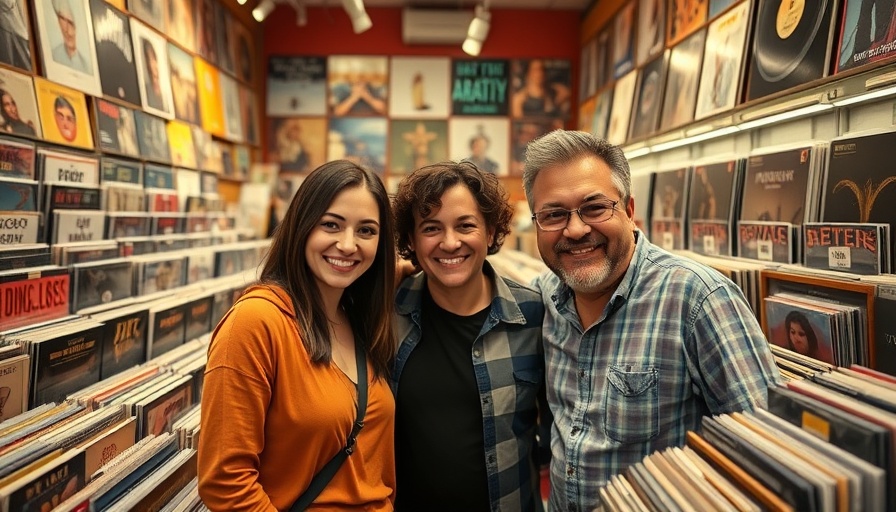
Millennials and the Housing Market: A Shift in Trends
Millennials in Austin are facing stark realities when it comes to homeownership. A new study from SmartAsset indicates that only 3.26% of millennials in the Austin-Round Rock-San Marcos area are using conventional mortgages to purchase homes. This signals a significant shift for a generation that once viewed homeownership as a key milestone. With home prices continuing to rise, millennials are grappling with fears of being locked into long-term rentals, raising questions about the viability of homeownership for younger generations.
A Deep Dive into SmartAsset's Findings
According to the report titled "Where Millennials Are Buying Homes – 2025 Study", conducted on data from various metropolitan areas across the United States, the Austin metro area ranked 12th for the total number of millennial homebuyers, originating 27,196 mortgages in 2024. However, the area fell in overall ranking to 22nd when considering the percentage of millennials who purchased homes. This ranking paints a picture of increased competition for young buyers, making it more challenging for them to secure ownership amid a competitive real estate market.
Comparison with Other Cities
When examining the data, Houston topped the list with nearly 62,000 originated mortgages for millennial homebuyers, highlighting a growing trend in urban centers with more affordable housing or job prospects that appeal to younger buyers. Interestingly, while Raleigh-Cary, North Carolina, ranks highest for the percentage of millennials obtaining mortgages (4.5%), it only amounts to 19,735 mortgages—implying that sheer volume does not always correlate with percentage success rates.
The Economic Implications of Homeownership Trends
SmartAsset's analysis shows that metros with high rates of millennial homeownership often have desirable job markets and strong local economies. This data indicates that for many cities, attracting younger homebuyers is not just about housing prices; it’s also about the prosperity and opportunities available in the area. As millennials continue to enter the workforce and make substantial income, their consumer behavior, particularly concerning homeownership, could have lasting impacts on local economies and housing infrastructures.
Future Predictions: Austin's Path Forward
Looking ahead, the housing landscape in Austin could see further transformation. As interest rates fluctuate and financial landscapes shift, millennials may find new pathways to homeownership. Innovative financing options, increased availability of housing stock, and potentially more favorable government policies directed at first-time buyers could alter the current state of the market.
Broader Impact on Community and Infrastructure
The disparity in homeownership rates among millennials from different metro areas can lead to wider implications for local infrastructure and business needs. For instance, if homeownership rates remain low in Austin, the city planners and policymakers may need to consider how to adjust resources to accommodate a growing rental population, including schools, transportation, and civic amenities. This evolving demographic makeup will challenge communities to become more adaptive in their responses to housing needs.
Conclusion: The Need for Action
As millennials navigate the complexities of entering the housing market, it's imperative for stakeholders—policymakers, real estate developers, and community leaders—to collaborate in fostering an accessible and supportive homebuying environment. Addressing the challenges young people face in securing homeownership could lead to more stable communities and foster economic vitality in areas like Austin. The time for action is now, as the future of real estate and the economic landscape hinges on the decisions made today.
 Add Row
Add Row  Add
Add 



Write A Comment